The future-splosion known as Computex is underway in Taipai, Taiwan this week and in the interest of not inundating Techland with post after post about every single tablet, netbook, and other bits of technological wonderment, I thought I’d include everything in a daily roundup for those of you interested in this kind of stuff. I’ll add more to this post throughout the day as needed.
Tablets!
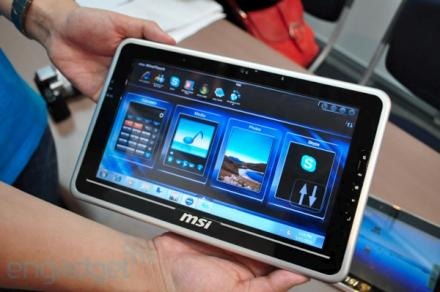
Netbook manufacturers are gunning for Apple’s iPad, with both Asus and MSI announcing tablets capable of running Windows 7. MSI got the ball rolling with the WindPad 100, a 10-inch tablet powered by a 1.66GHz Intel Atom Z530 CPU with 2GB of RAM and a 32GB solid state drive running Windows 7 Home Premium under a customized touch interface created by MSI. According to Engadget, it’ll be available later this year for around $500. It’s apparently pretty light at 1.7 pounds but it runs a bit on the sluggish side and the screen resolution is only 1024×600. It’s still an early prototype, though.
[youtube=http://www.youtube.com/watch?v=K7nxJoLnQbo]
JKKMobile looks to have gotten a hands-on with an Android-powered WindPad as well, so we can probably expect to see both flavors this year.
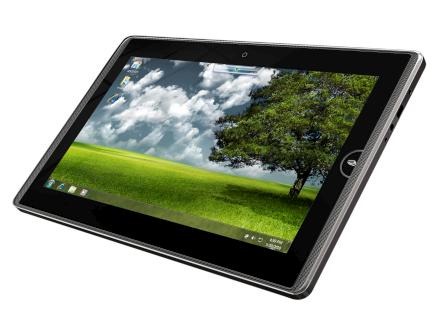
Asus announced the Eee Pad, which will be available in 10- and 12-inch models. The 12-inch model, shown above, features a low-voltage Intel Core 2 Duo CPU, Windows 7 Home Premium, and you’ll be able to buy a keyboard docking station for “more than 10 hours of smooth, continuous computing.”
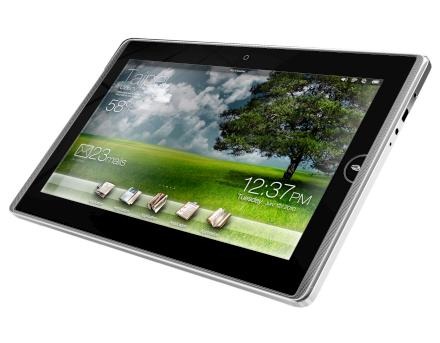
The 10-inch model, shown above, will weigh just under a pound and a half and measure less than half an inch thick. It’ll run the recently-announced Windows Embedded Compact 7, which is kind of a stripped-down version of Windows 7 that manufacturers can modify and customize in order to run on portable devices. The main focus is on a touch-friendly interface and the ability to seamless synchronize data with a full PC. You won’t be able to install most full-blown Windows applications but the devices will be powerful enough to run full Flash websites, 1080p video, and the like. It’ll probably be more like the iPad than anything else—long battery life, some sort of app store, relatively portable, etc. It’s also being reported that this 10-inch model may be available as an Android tablet as well.
As for both Eee Pads, the pricing looks pretty good at a reported $399 to $499 for the 10-inch model and $599 for the 12-inch model. The bad news, however, is that we apparently won’t see them until early next year.
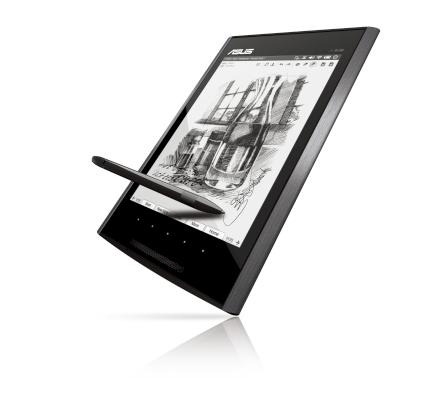
And just to confuse things a bit, Asus also announced the 8-inch Eee Tablet. The company is calling it “the world’s most accurate and sensitive digital note taking device” that “gives the user the feel of writing on paper.” Though the above photo shows a black and white drawing, it looks like the tablet has some sort of power-sipping LCD display capable of attaining ten-hour battery life. There’s also a 2-megapixel camera that lets “the user grab screenshots of lecture slides and write notes on them instantly.” No word about connectivity options, though, except that “it easily syncs up with a PC or notebook via USB or Micro SD to ensure that all notes, content, and calendars are constantly up-to-date.” So it appears we’re looking at a non-connected eBook reader on steroids with a reported price tag of between $199 and $299. No word on a release date yet.
Notebooks! Netbooks!
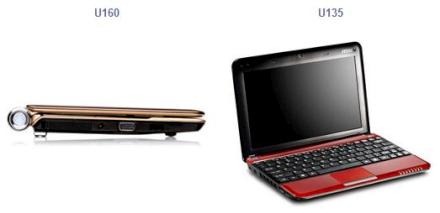
MSI announced a handful of notebooks and netbooks, the most interesting being the 10-inch Wind U160 netbook (above, left) that “boasts over 15 hours of battery power per charge” and is less than an inch thin and weighs just 2.2 pounds. The company also updated its line of budget-friendly U135 and U140 10-inch netbooks, bumped its 12-inch U200/U250 netbooks up to Intel’s ultra low voltage CPUs, and updated its line of X-Slim ultraportable notebooks. No word on pricing or availability for anything yet.
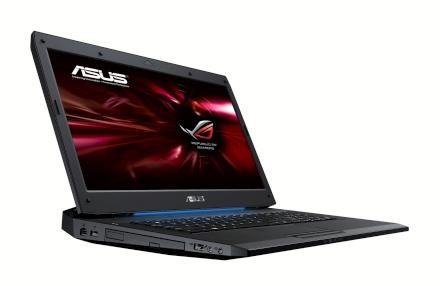
Asus announced the “world’s first integrated WirelessHD notebook” series, capable of transmitting 1080p video at 60 frames per second wirelessly to a nearby television. Several models will be available in the fall although pricing hasn’t been set yet. From the sounds of it, the notebooks will have the wireless transmitters built right in, while your TV set will likely use some sort of small wireless receiver that connects to it via HDMI cable.
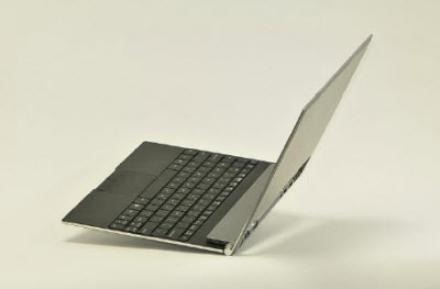
And speaking of netbooks, Intel unveiled its “Canoe Lake” platform for unbelievably thin netbooks like the one shown above. According to VentureBeat, the platform “can serve as the electronics for a dual-core netbook that is just 14-millimeters thick (half an inch). With that size, the prototype netbook is the world’s thinnest such device.” The Canoe Lake platform uses the currently-available “Intel Pine Trail” netbook CPUs. The above netbook is being shown off as a reference device, so it’s up to actual manufacturers to build these things in the future—hopefully not too far off.
More on Techland:
Computex 2010 Coverage on Techland

